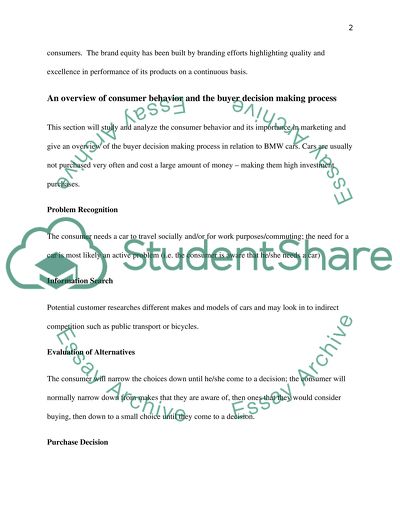Cite this document
(“'An investigation in to why consumers may choose to buy a BMW as Essay”, n.d.)
Retrieved from https://studentshare.org/environmental-studies/1411519-ychan-investigation-in-to-why-consumers-may-choose
Retrieved from https://studentshare.org/environmental-studies/1411519-ychan-investigation-in-to-why-consumers-may-choose
('An Investigation in to Why Consumers May Choose to Buy a BMW As Essay)
https://studentshare.org/environmental-studies/1411519-ychan-investigation-in-to-why-consumers-may-choose.
https://studentshare.org/environmental-studies/1411519-ychan-investigation-in-to-why-consumers-may-choose.
“'An Investigation in to Why Consumers May Choose to Buy a BMW As Essay”, n.d. https://studentshare.org/environmental-studies/1411519-ychan-investigation-in-to-why-consumers-may-choose.


